ETFs are becoming more and more heterogeneous and if in the past, they were exclusively assimilated to index trackers, this is no longer the case.
While index tracking ETFs aim to closely match their benchmarks, active ETFs aim to outperform them. The emergence of new ETF strategies such as Smart Beta has blurred the boundaries between active and passive management, creating a new field of academic research aimed at characterizing active and passive management.
What characterizes an investment product as being active or passive?
Some academic research tried to answer this question. In their paper «The Active World of Passive Investing» (Review of Finance, 2021) David Easley, David Michayluk, Maureen O’Hara, and Talis J. Putnins made an interesting definition of active ETFs.
They assert that ETFs can play a role in active funds management in two ways:
- Either the ETF’s holdings are themselves actively managed by the ETF issuer with the objective of delivering an excess risk-adjusted return, what they term “active in form,”
- Or the ETF is designed to track a narrow segment of the market (e.g., a sector) and so can be used by active investors as an efficient way to place a bet on a particular exposure, what they term “active in function.”
Choosing a benchmark that embraces or departs from the market (active in function) and/or choosing holdings that depart from the chosen benchmark (active in form) are two different ways to actively manage a portfolio.
After defining an Activeness Index for ETFs, they find that this activity level is increasing over time, and more active ETFs are gaining market share at the expense of less active ETFs
In the following, we will discuss active in form ETFs in the European markets, explain the problems they try to solve and show the differences between U.S and European active ETFs offer.
What added value do active ETFs bring to an asset Allocation?
Active ETFs are not well known in Europe, while they already represent an important growth driver for ETFs in the US. What is the role of these new products in an asset allocation?
The answer differs depending on the asset class. We will therefore address the subject first for bonds and then for equities.
Bond active ETFs: reconciling ETF liquidity with duration and credit risk management. Better management of credit risk and duration:
Active fixed-income ETFs have the ability to assess the creditworthiness of individual issuers and deviate from the weighting methodology of traditional fixed income benchmarks, which give larger weightings to issuers with higher outstanding debts.
Active strategies also give more latitude to implement ESG analysis.
Active fixed income ETFs can use sector and security selection to maintain a very similar duration and credit exposure over time, making them ideal for investors looking to quickly and efficiently change their yield curve positioning or sensitivity to credit spreads. Short duration ETFs, from Franklin templeton, Franklin Liberty Euro Short Maturity UCITS ETFs, or from JP Morgan AM, JPM Euro Ultra Short income UCITS ETFs, are good examples of successful implementations of this type of strategy.
Equity Active ETFs:
Active strategies can provide efficient exposure to certain investment criteria, such as securities with strong environmental, social and governance (ESG) characteristics. Rather than simply excluding controversial sectors, active managers can consider sustainability in all investment decisions, through engagement with companies and through rigorous stock analysis. Active management gives more latitude and flexibility to managers to implement their own ESG views and analysis while maintaining a higher level of liquidity than their non-ETF counterparts.
ETFs operating in Europe also guarantee full transparency in accordance with ESMA requirements, this is not always the case for ETFs operating in the U.S., which may be semi-transparent.
What differences between Active ETF offers in both U.S and European markets?
While active ETFs have already seen quite impressive growth in the US, they only make up 2% of the UCITS ETF market and passive strategies continue to dominate flows into European ETFs.
This can partly be explained by the full transparency guarantee required by ESMA which U.S active ETFs do not have. The U.S. regulator allows ETF providers to market semi-transparent ETFs, thus allowing ETF managers to avoid any risk of front running. Only fully transparent ETFs are currently available in Europe, which reduces the offer.
The promise of the best of both worlds, combining alpha generation with ETF liquidity and transparency, as well as the ability to manage duration and credit risk, is increasingly appealing to European investors. JP Morgan Asset Management, one of the major players in this segment in Europe, in Active ETF investing: Five myths debunked, confirms this.
Ahmed Khelifa, CFA



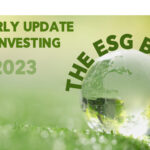
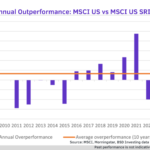
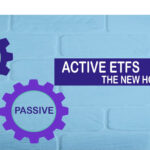

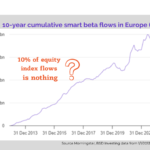

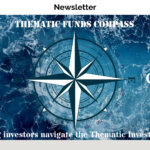
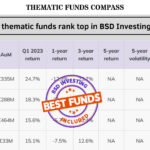
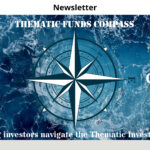

Leave a Reply
You must be logged in to post a comment.